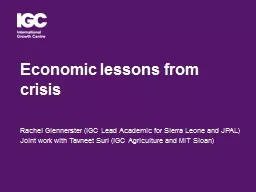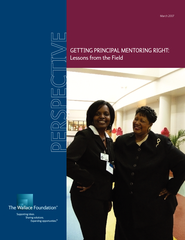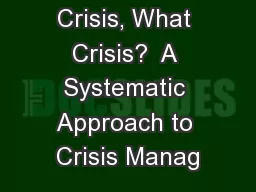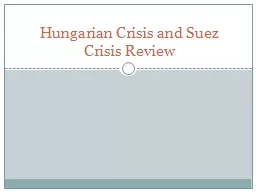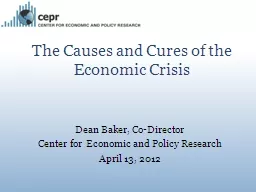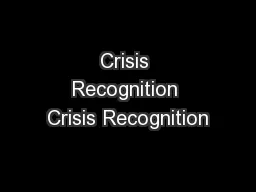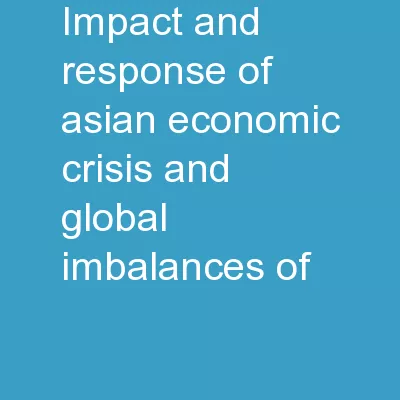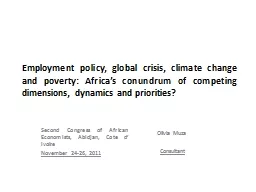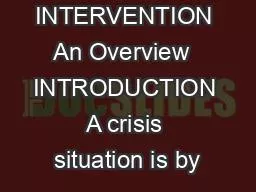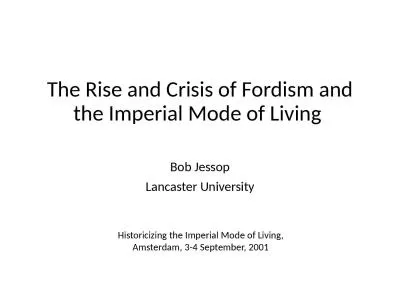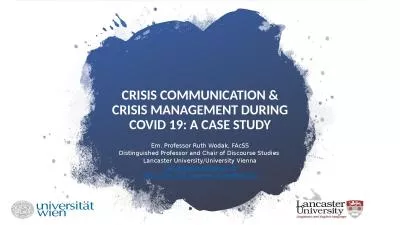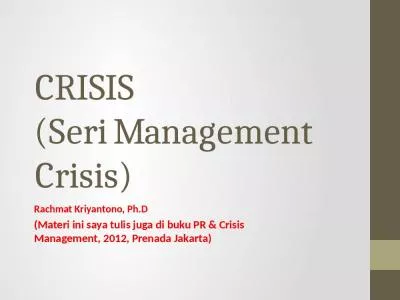PPT-Economic l essons from crisis
Author : liane-varnes | Published Date : 2018-10-22
Rachel Glennerster IGC Lead Academic for Sierra Leone and JPAL Joint work with Tavneet Suri IGC Agriculture and MIT Sloan Overview The importance of good data
Presentation Embed Code
Download Presentation
Download Presentation The PPT/PDF document "Economic l essons from crisis" is the property of its rightful owner. Permission is granted to download and print the materials on this website for personal, non-commercial use only, and to display it on your personal computer provided you do not modify the materials and that you retain all copyright notices contained in the materials. By downloading content from our website, you accept the terms of this agreement.
Economic l essons from crisis: Transcript
Download Rules Of Document
"Economic l essons from crisis"The content belongs to its owner. You may download and print it for personal use, without modification, and keep all copyright notices. By downloading, you agree to these terms.
Related Documents

